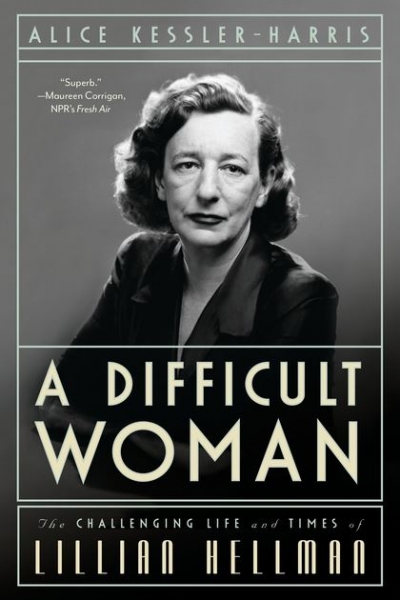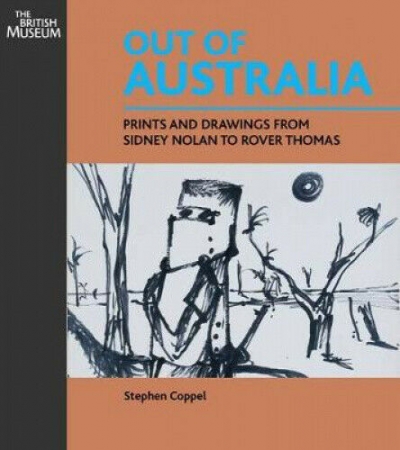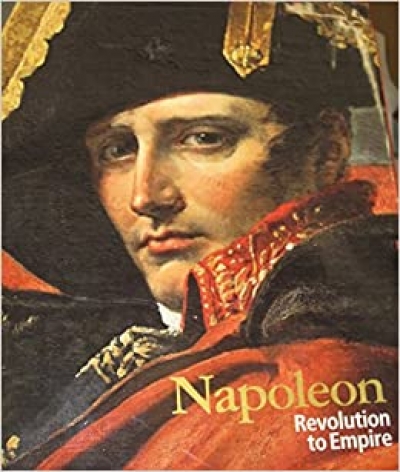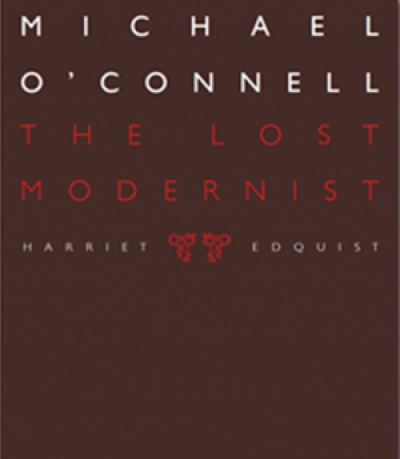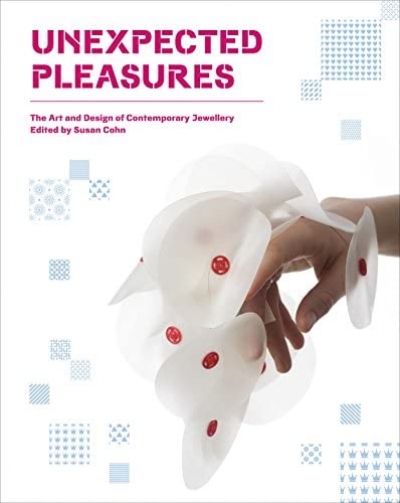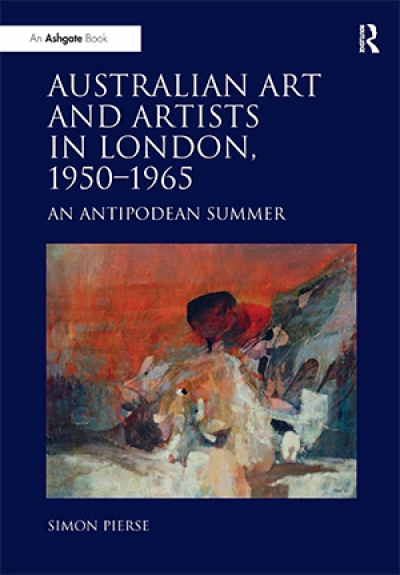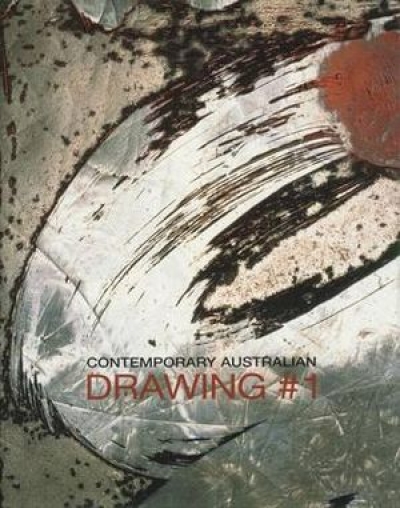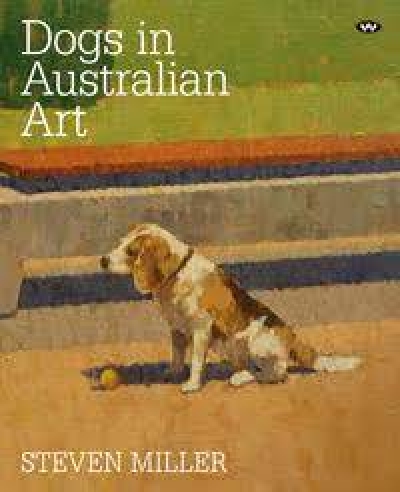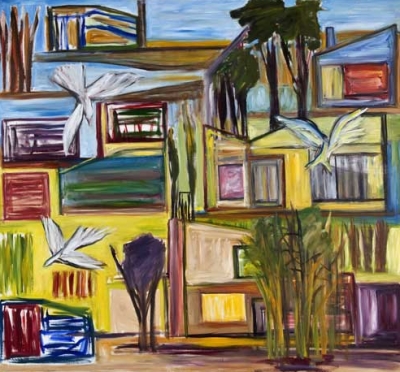Arts
All Our Relations: 18th Biennale of Sydney 2012 by Catherine de Zegher and Gerald McMaster
by Felicity Fenner •
A Difficult Woman: The Challenging Life and Times of Lillian Hellman by Alice Kessler-Harris
by Desley Deacon •
Out of Australia: Prints and Drawings from Sidney Nolan to Rover Thomas by Stephen Coppel
by Angus Trumble •
Michael O’Connell: The Lost Modernist by Harriet Edquist
by Morag Fraser •
Unexpected Pleasures: The Art and Design of Contemporary Jewellery by Susan Cohn
by Christopher Menz •
Australian Art and Artists in London, 1950–1965: An Antipodean Summer by Simon Pierse
by Sarah Scott •
Contemporary Australian Drawing #1 by Janet McKenzie, with Irene Barberis and Christopher Heathcote
by Justin Clemens •
Dogs in Australian Art: A New History in Antipodean Creativity by Steven Miller
by Stella Gray •

